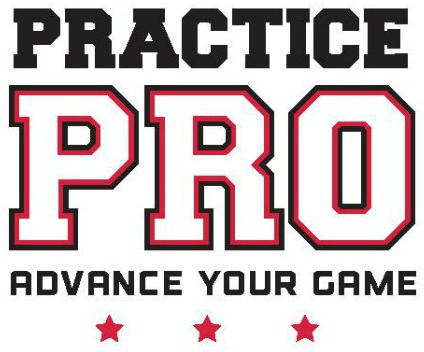5 Things Pitchers Need to Be Great
/As the DI NCAA Softball Championship tournament begins, you’ll see amazing pitchers firing the ball the upper 60’s, low 70’s with extreme movement and devastating change of speed. How do they get to this level? Each began where many of you are today and slowly put in the work to be great. Here are five things it takes for you to do the same.
Read More














![Drills & Tools For Success [Video]](https://images.squarespace-cdn.com/content/v1/56a0f458b204d5ee03895a17/1624042258572-AKZDNQ89CHS7KZ3GVOOF/thinkplay.jpg)






